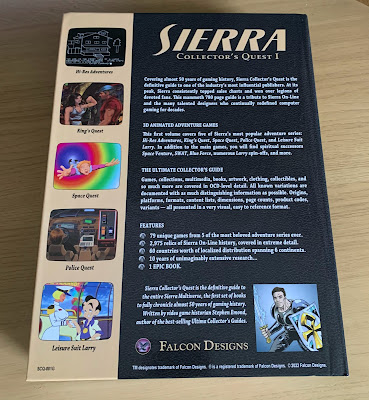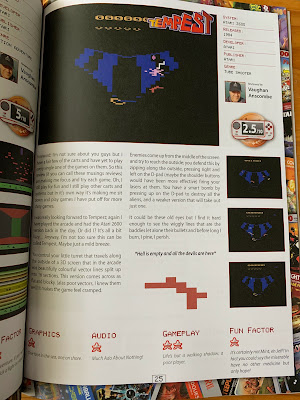Sshhhhh! Be vewy, vewy quiet. I'm hunting wabbits... if wabbits were a) weal real and b) appeared in any one of the twelve genre defining stealth titles featured in this book. As they aren't, and they don't, instead of continuing the hunt for said non-existent bunnies, I'll talk about Kirk McKeand's excellent study of the stealth video game genre.
The History of the Stealth Game is not a complete history of games of stealth (that would more than likely fill several volumes and forced the author to wade through some absolute pap in the process), but what it does do is focus on a dozen examples and gives you the in-depth skinny on how they were created.
After an introduction by Arkane's Harvey Smith, the author takes over and explains the ground rules, detailing why the book takes 1998 as its starting point. Sure, there were plenty of stealth games around before then, but Tenchu, Thief and Metal Gear Solid are the bedrock upon which he launches the reader on a rollercoaster ride of developmental tales and personal journeys. As well as the aforementioned trio, you'll learn more about titles such as The Last of Us Part II, Assassin's Creed and Deus Ex.
This isn't a dry retrospective on the topic. Indeed, the author steps back and lets those interviewed lead the reader, adding context as and when appropriate. It is this respect for the people, their work and the results of said effort that stands out in this book. For example, it is hard not to feel for Jeremy Blaustein, whose contribution to Metal Gear Solid seemed not only lost to history, but without which would have resulted in a much different experience for the Western players. And that's what I like about this book - it sometimes features the more recognisable names, but as far as MGS goes, Blaustein's story was far more interesting that anything I have read from Kojima in many a year.
Oh, and about MGS4. Loved it when I first played it (and had loved each game prior to it since the PlayStation MGS). Only ever played 4 once. It was those cutscenes lasting up to 71 minutes that did it for me. I don't care how brilliant the guy is as a developer and producer, I just can't justify using so much of my limited games playing time to watching an f-ing movie! Even back then, when it seemed like I had more time to play games, it often felt like a race between the end of the cutscene and the heat death of the universe... There is only so much difference between being a profound genius and a pretentious wan... thing that needs to be remembered is that these are games and they are meant to be interactive. You may disagree about MGS4, but each to their own.
Anyhoo...
This is yet another book where the experience of developing games comes across as a labour of love, dedication and self abuse (not that, you dirty minded sods!). The long hours, the missed family events, and the physical and mental toll are all too real once again. Maybe things are changing, but where passionate people get involved in creating art (and video games are art!), there is sadly a dose of suffering too. As with other books I have read on the subject, The History of the Stealth Game very much displays the warts and all of video game development and how dedicated/exploited people can be in the industry. As it is, when people speak of their experiences in this book, you immediately hear 'their' voice in the writing.
Where the author gives us his own voice, his easy charm and humour shine through, and on the basis of that alone, I look forward to any future tomes on gaming he cares to write about. There is warmth too, and this makes this book an easy read when you can easily see the author's enthusiasm for the subject.
The History of the Stealth Game is an excellent addition to my video games library and another must-buy from the White Owl imprint from Pen and Sword Books. Even if you are not a fan of the stealth genre, you will learn much about video games creation and the industry, albeit from the viewpoint of stealth titles. If you are a fan, then the decision to buy this book is a no-brainer. You can pick this up from the publisher directly here, or from the usual online and physical bookstores. You can also follow the author on Twitter here.




























